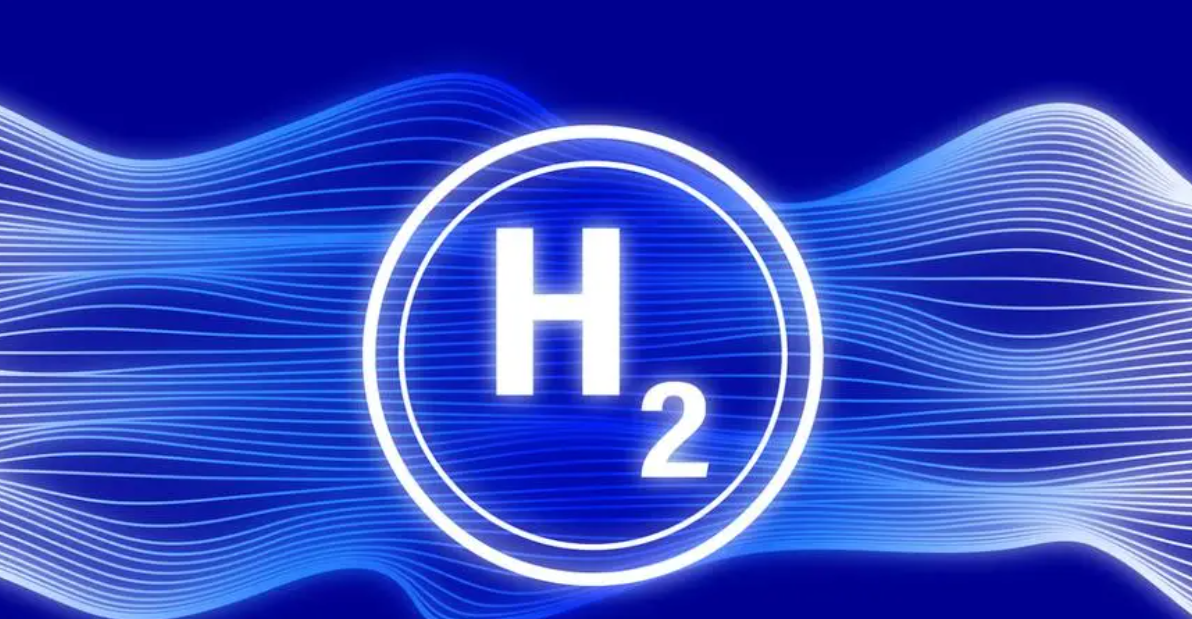The company already worked on the project as a technical advisor during the initial feasibility study phase, and now, it announced that its scope is to supply the FEED study for the hydrogen production facility (HPF) and hydrogen transfer facility (HTF), along with the pre-FEED study for the hydrogen liquefaction facility (HLF).
CQ-H2, said to be Queensland’s largest renewable hydrogen project, initially plans to install up to 640 MW of electrolyzers and produce up to 200 tons of gaseous renewable hydrogen per day with off-takers purchasing the gas to convert to renewable ammonia or liquified hydrogen, Worley said, noting that it also aims to deliver renewable hydrogen, via its different carriers, to Japan and Singapore, as well as supplying large domestic customers in Central Queensland.
The project is backed by funding from all consortium members, the Australian Renewable Energy Agency (ARENA) and the Queensland Government’s Queensland Renewable Energy and Hydrogen Jobs Fund. At its peak, it is expected to deliver $17.2 billion in hydrogen exports.
Commercial operations are estimated to start in 2028, and according to Worley, if successful, the project will ramp up in future phases to full-scale operations of approximately 2,240 MW of electrolyzer capacity, capable of producing 800 tons per day of gaseous renewable hydrogen by 2031.
CEO of Stanwell Corporation Michael O’Rourke said: “The advancement of this important hydrogen project is great news for Central Queensland, where the project could create thousands of jobs and deliver billions of dollars in economic benefit.”
Gillian Cagney, President of Australia & New Zealand for Worley, noted: “The project is aligned with our purpose of delivering a more sustainable world and is set to play a pivotal role in Australia’s decarbonization journey.”
